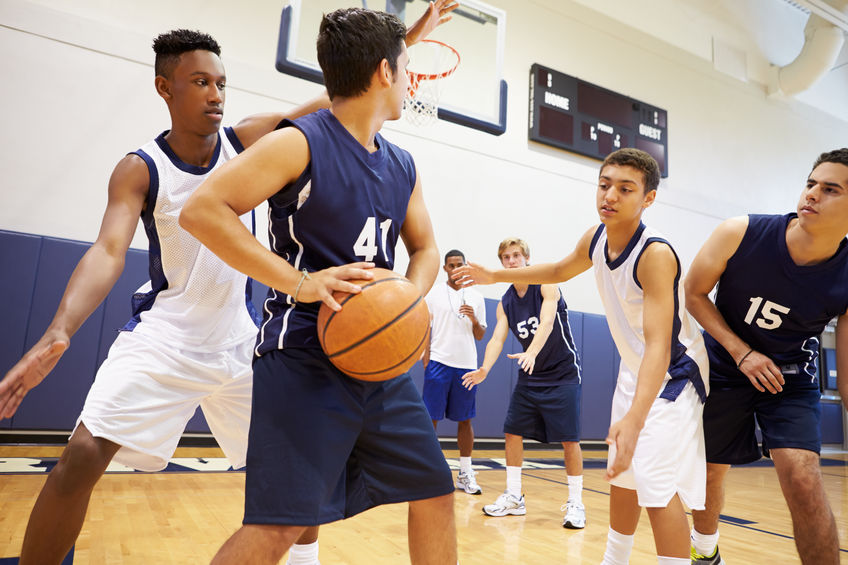This test is run by .
Note that your final mark will not be saved in the system.
Note that your final mark will not be saved in the system.
Simple Information Processing Model and Stages of Learning Categorise
Target Level
4-5
Running Total
0
0%
Attempt
1 of 3
Click on an item, then click on a category to place it. Or, drag and drop the item into the correct category. Organise all items before clicking 'Check'.

Input
Decision-making
Output
Feedback
Selective attention is used to focus on the most important information
Information is received by the senses
Information is received from intrinsic sources (e.g. how the movement felt)
Information is received from extrinsic sources (e.g. the crowd applauding or the coach)
Appropriate response selected by the long-term memory
Previous experiences from the long-term memory are used for comparison
The movement/skill takes place
Selective attention is used to ignore irrelevant information
Performer responds to the information they have received
Information is received again regarding the success or failure of the skill
A previously successful decision may be used for this situation
Information is received regarding the environment
The short-term memory holds information form the display for 30 seconds, to compare to the long-term memory
Signal is sent to the appropriate muscle/muscles to initiate the movement